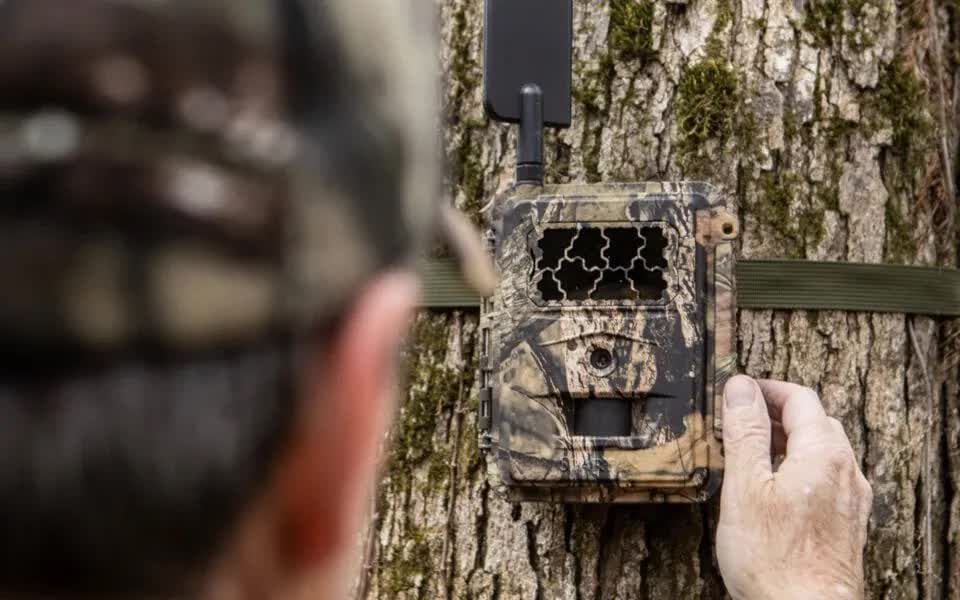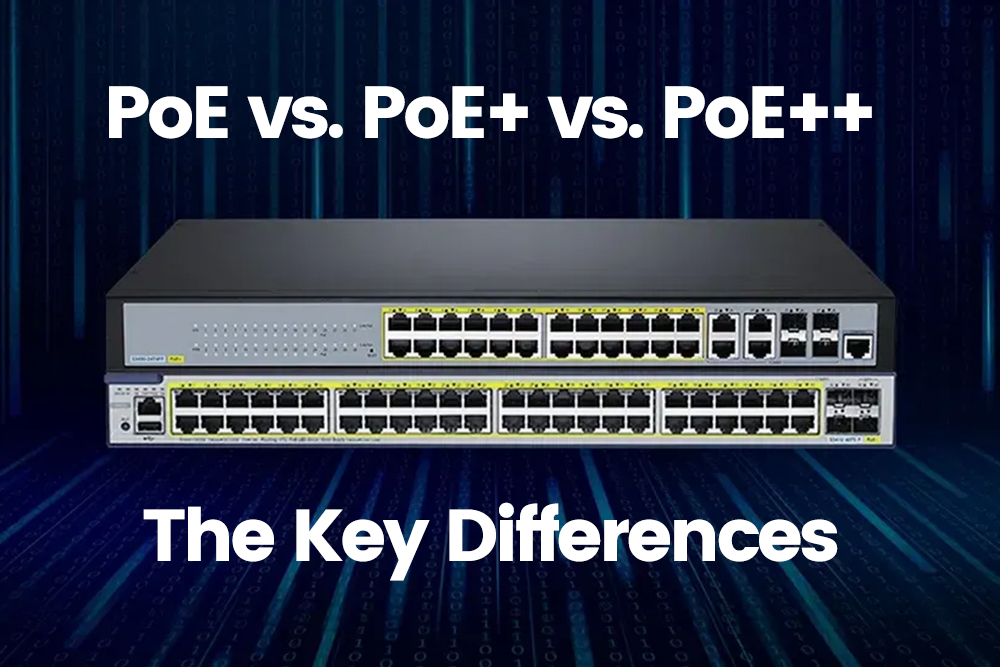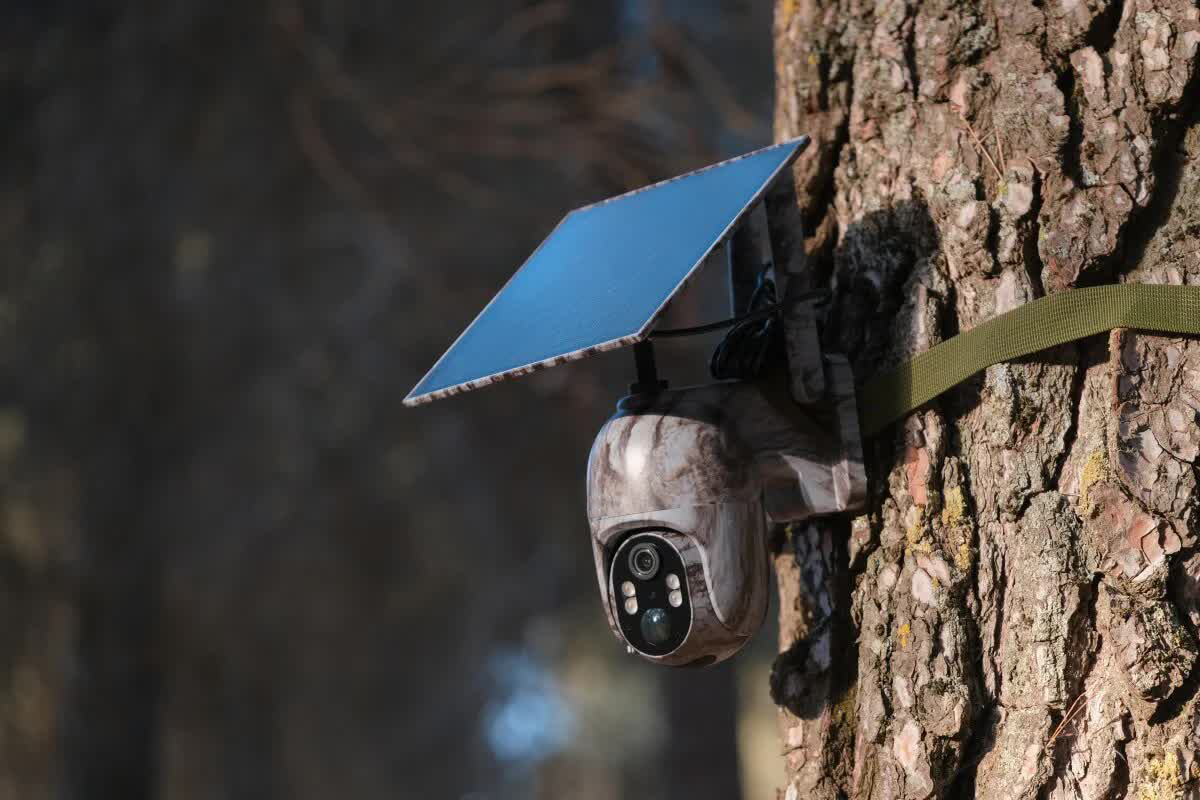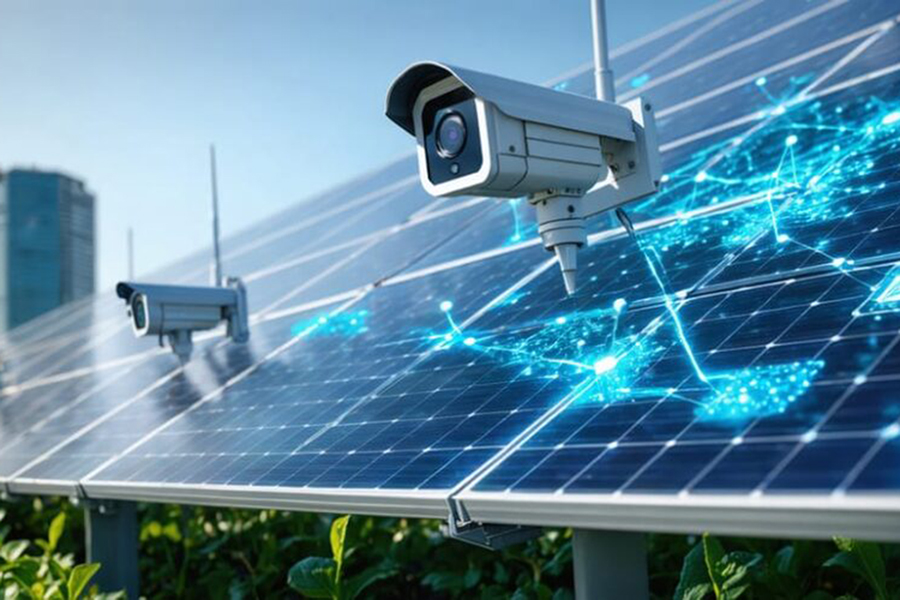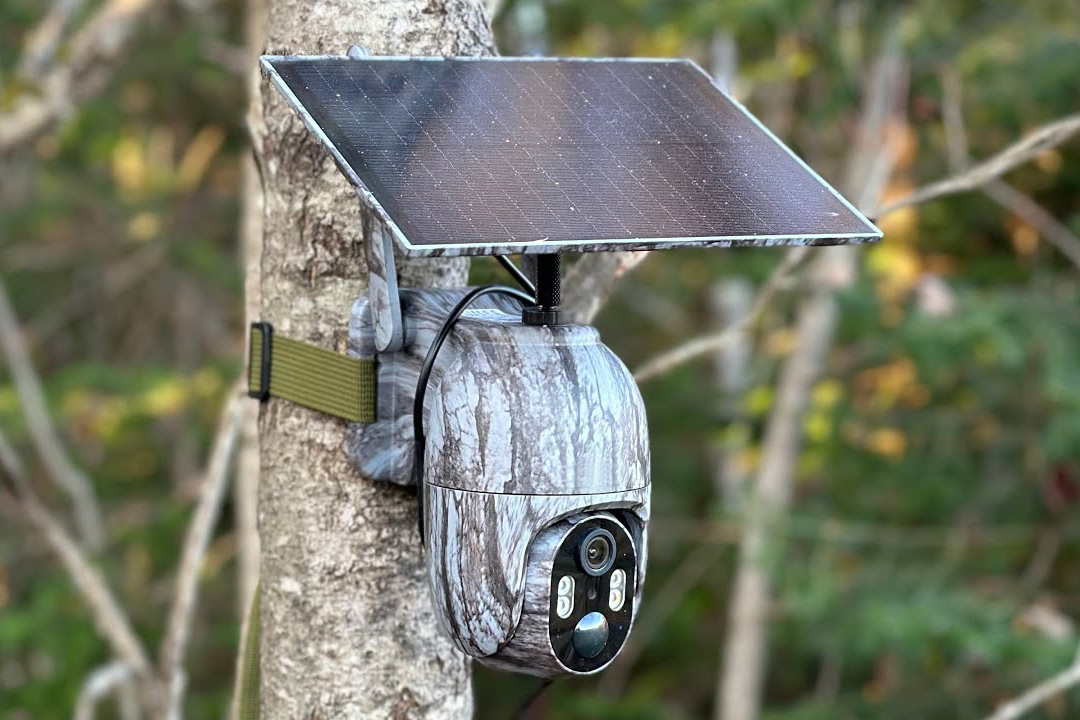UHD vs FHD: Major Contrasts in Trail Surveillance Cameras
UHD vs FHD: Major Contrasts in Trail Surveillance Cameras

Resolution in trail surveillance cameras matters. It directly affects footage clarity & overall effectiveness. The two most common options—Ultra High Definition (UHD) & Full High Definition (FHD)—offer different levels of detail. Knowing how they compare helps in picking the best surveillance setup for your needs.
Resolution Breakdown
UHD, often called 4K, delivers 3840×2160 pixels. FHD, known as 1080p, provides 1920×1080 pixels. That means UHD has nearly four times more pixels than FHD. More pixels bring sharper images. Small details stay visible. With UHD, distinguishing faces & tracking movement becomes easier, even in crowded areas.
Visual Clarity
Higher resolution means better image quality. UHD cameras usually come with larger sensors. These capture more light. As a result, footage stays clearer, even at night or in dim settings. This feature is essential for trail surveillance, where incidents often happen after dark. Besides, UHD’s improved dynamic range enhances contrast & color accuracy, making footage appear more realistic.
Usage Scenarios
Choosing between UHD & FHD depends on camera placement & intended use. UHD works best for large spaces like parking lots, industrial sites, or commercial areas. It’s also great for remote monitoring. Higher resolution allows zooming without significant quality loss.
FHD, by contrast, fits smaller places—homes, small offices, or retail stores. It provides decent clarity & costs less than UHD. If extreme detail or zooming isn’t a priority, FHD balances affordability with solid performance.
Storage Needs
Choosing UHD means dealing with larger file sizes. High resolution demands more storage. UHD footage takes up much more space than FHD. This requires bigger hard drives or network-attached storage. Without enough capacity, data fills up quickly. However, compression tech like H.265 helps shrink file sizes. It reduces storage use while keeping quality decent.
Cost Considerations
UHD trail surveillance cameras cost more than FHD ones. The price gap is noticeable, especially in multi-camera setups. Budget-conscious buyers can mix both types. Use UHD for key areas. Place FHD cameras in less critical spots. This method keeps expenses in check while ensuring solid security.
Emerging Trends
Tech keeps advancing. UHD cameras are becoming more common. More brands now sell them at lower prices. AI & machine learning are also improving surveillance. These tools enable facial recognition, object tracking, & behavior analysis. As a result, UHD cameras offer more than just clear images. They provide smarter security solutions.
Final Thoughts
Both UHD & FHD serve different needs. UHD works well for large spaces & remote zooming. FHD remains a practical choice for smaller areas. When picking a system, think about budget, storage, & security goals. For expert advice, consider consulting surveillance professionals. They can help find the best setup for your situation.
